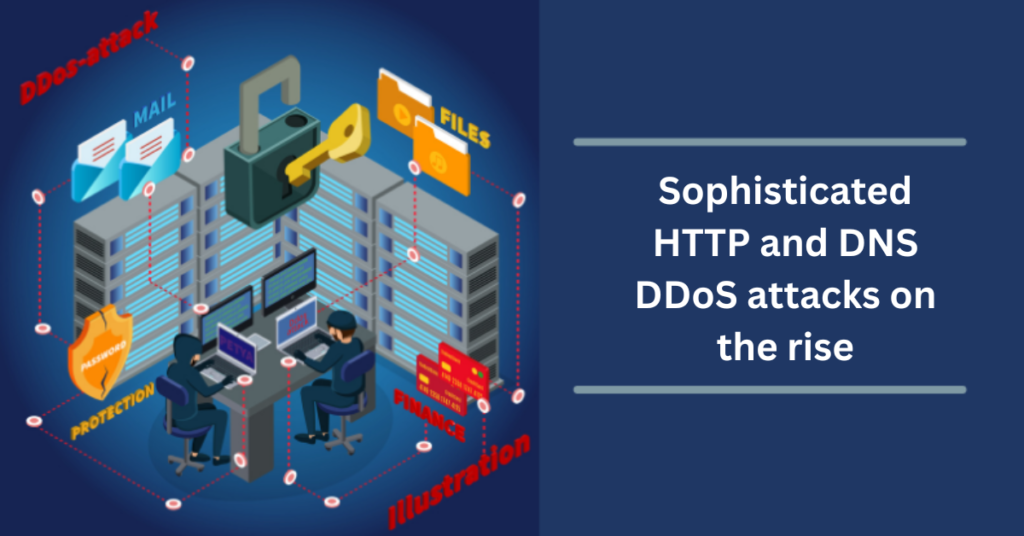A sophisticated HTTP attack typically refers to a type of cyber attack that specifically targets the Hypertext Transfer Protocol (HTTP) or the application layer of the OSI model. The application layer is Layer 7 in the OSI model and is responsible for providing network services directly to end-users or applications.
Sophisticated HTTP attacks often involve more advanced and nuanced techniques than simple volumetric attacks.
Distributed Denial of Service (DDoS) attacks, including those targeting HTTP (Layer 7) and DNS (Domain Name System), have been persistent threats, and attackers continually evolve their tactics. However, I don’t have real-time information, so I recommend checking the latest cybersecurity reports or news for the most recent developments.
Historically, HTTP and DNS DDoS attacks have become more sophisticated in several ways:
- HTTP Protocol Exploits: Attackers may exploit weaknesses or vulnerabilities in the HTTP protocol itself, taking advantage of poorly implemented features or security gaps in web server software.
- SQL Injection and Cross-Site Scripting (XSS): While these attacks can be launched at various layers, they often target the application layer. SQL injection involves injecting malicious SQL queries into input fields, while XSS involves injecting malicious scripts into web pages viewed by other users.
- Increased Scale and Bandwidth: Attackers have access to larger botnets, compromising more devices to amplify the scale and bandwidth of their attacks.
- Application Layer Attacks (Layer 7): HTTP DDoS attacks often target the application layer, overwhelming web servers with malicious requests that mimic legitimate traffic. These attacks can be more challenging to detect and mitigate because they closely resemble normal user behavior.
- DNS Amplification Attacks: Attackers may use DNS amplification techniques to exploit misconfigured DNS servers, amplifying the volume of traffic directed toward the target.
- IoT Botnets: The compromise of Internet of Things (IoT) devices has provided attackers with a vast number of endpoints to launch DDoS attacks. These attacks can be more challenging to mitigate due to the distributed and diverse nature of IoT devices.
- SSL/TLS Attacks: Attackers may focus on exploiting vulnerabilities in SSL/TLS protocols, aiming to exhaust server resources or target specific weaknesses in encryption algorithms.
- Botnet Innovation: The creation of more advanced and resilient botnets, often employing techniques like fast-flux hosting or decentralized peer-to-peer communication, makes it harder to take down malicious infrastructure.
- Hybrid Attacks: Some attackers combine different attack vectors, simultaneously targeting multiple layers of the network stack to overwhelm defenses.
- Zero-Day Exploits: Attackers may use unknown vulnerabilities (zero-days) in web applications to compromise servers or systems. These exploits are particularly challenging to defend against because security patches may not be available.
To stay informed about the latest trends in DDoS attacks, it’s crucial to follow cybersecurity news sources, vendor reports, and advisories from relevant organizations. Additionally, organizations should regularly update their security measures, employ DDoS mitigation services, and adopt best practices to minimize the impact of these evolving threats.
